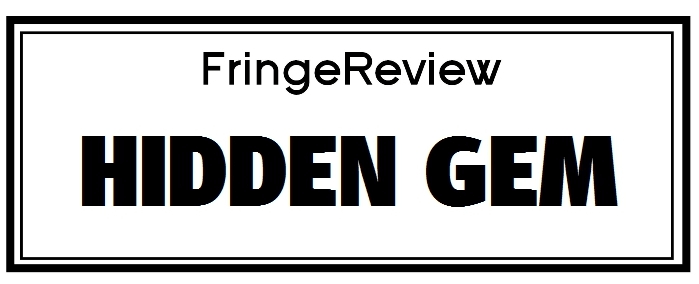Brighton Festival 2019
Low Down
A visually stunning film made in 1923 with a modern soundtrack, which gives us a rare opportunity to sit and focus in and take time to slow down and watch something that was produced in a much slower-moving world.
Review
This show presented a rare opportunity to see the extraordinary silent film Salome (1923) with a new live soundtrack written and performed by Hayley Fohr of Circuit Des Yeux. The venue was packed, and the audience enraptured throughout, at the spellbinding beauty of Fohr’s voice combined with the bizarre and enchanting imagery of the film. The film is based on the one-act play by Oscar Wilde, which in turn is based on the biblical story. The play was initially banned in 1892 on the basis that it was illegal to depict Biblical characters on the stage, but was finally published, with illustrations by Aubrey Beardsley, in February 1894. It was these illustrations that formed the basis for the look of the film, and it was this rather than the storyline (which was quite minimal) that made the film so watchable, with futuristic sets designed by the film’s star, Alla Nazimova.
Salome has an iconic status as a queer film and depicts themes of lust and sexuality, the male gaze, and homoeroticism. Fohr has added a new dimension and meaning to the work, making the way it explores power relationships relevant to the modern day as she has re-contextualised the work to fit the psyche of a modern woman. She took the decision to remove the inter-titles from the film, so we were left the space to explore our own personal interpretations of these themes as the film progressed.
The musical score was presented in 12 acts, with foreboding sounds illustrating conversations and power dynamics, emotional struggle and desire. Fohr herself was on vocals and electronics, with Richard Jones on viola, Eloise Riddell on double bass and Daisy Palmer on drums.
The futuristic set had such an impact that the audience burst into laugher a few times especially early on – Herod looked like Frankie Howard or Ken Campbell in a flowery bath cap and Nazimova’s boob tube must have been truly shocking in 1923. There were costumes reminiscent of 1960’s psychedelic swinging gear, and dancing rectangles like playing cards reminiscent of Alice in Wonderland. Stripey hats, black oblongs, 1960’s – style clothing that looked like it was made from lycra, midgets, ethereal otherworldly imagery and nipple rings all contributed to make it astonishing and hard to believe that this film was not a more modern creation.
It was a rare opportunity to sit and focus in on something slow and mesmerising, to take time to slow down and watch something that was produced in a much slower-moving world.



















































